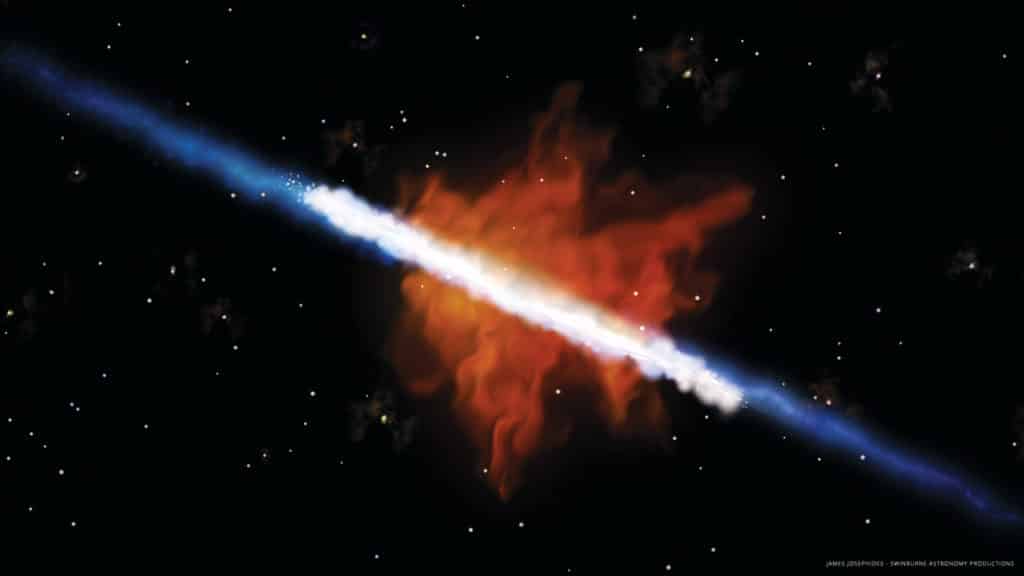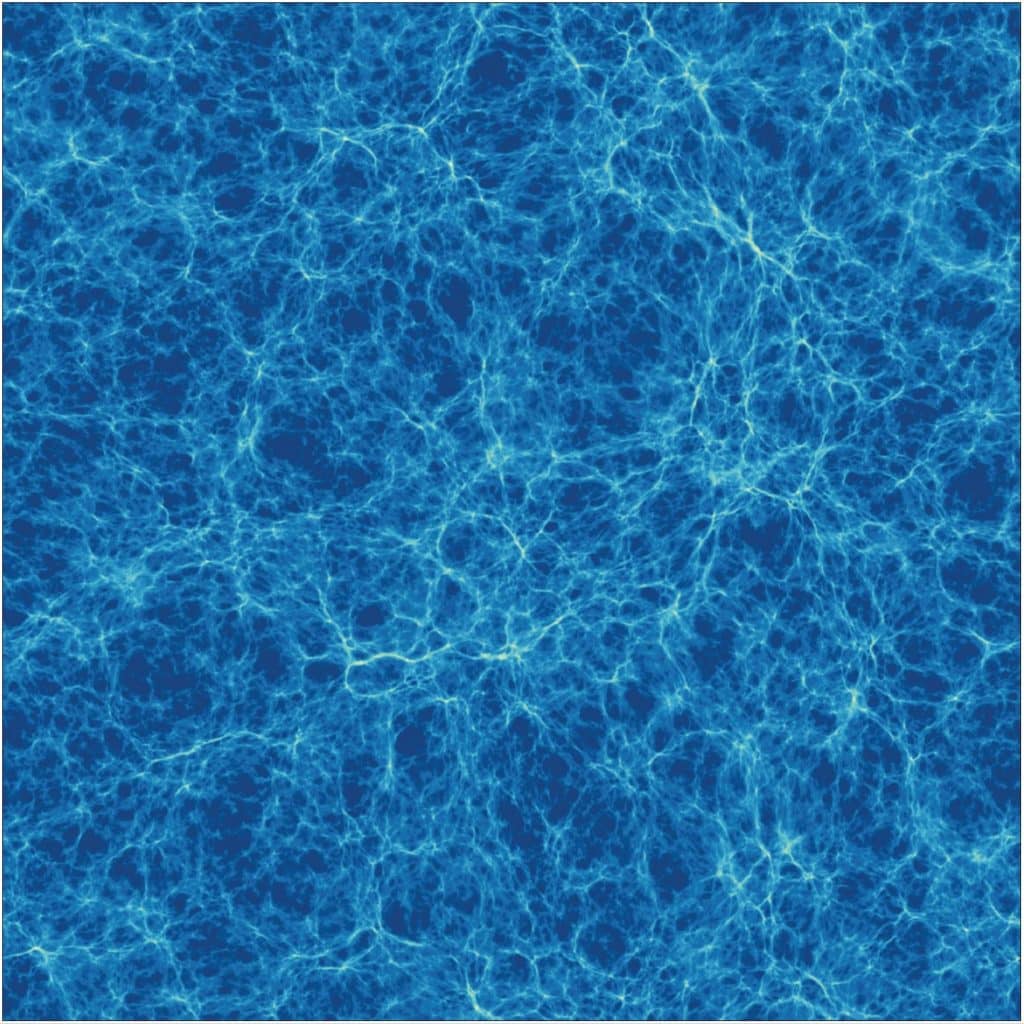Research reveals how star-making pollutes the cosmos
Animation available, astronomers available in Australia and UK for interview
Galaxies pollute the environment they exist in, researchers have found.
A team of astronomers led by Alex Cameron and Deanne Fisher from the ARC Centre of Excellence for All Sky Astrophysics in 3 Dimensions (ASTRO 3D) used a new imaging system on at the WM Keck Observatory in Hawaii to confirm that what flows into a galaxy is a lot cleaner than what flows out.
The research is published today in The Astrophysical Journal.
Continue reading Galaxies pump out contaminated exhausts











